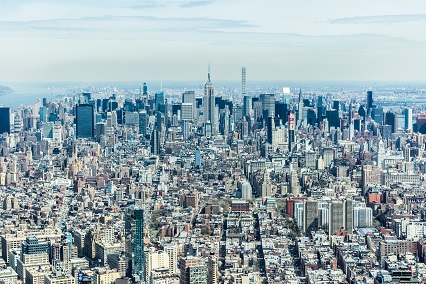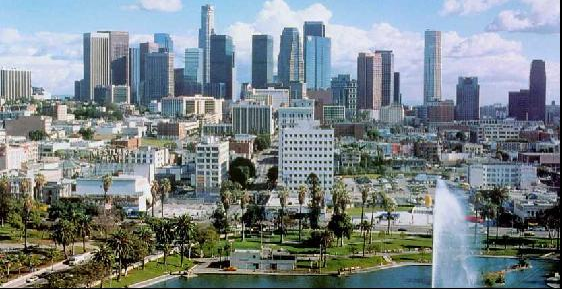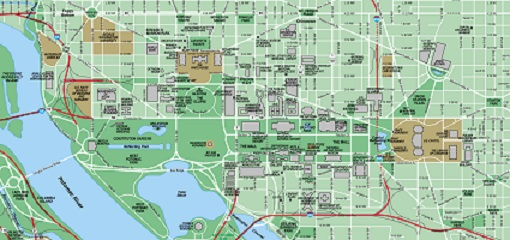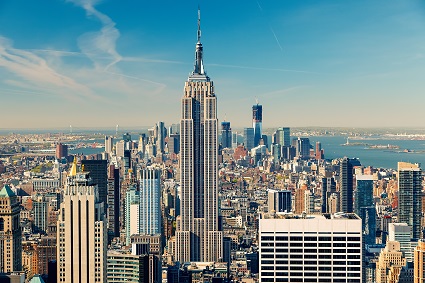Office Space Options: Startup Space and Business Incubators
Posted on February 24th, 2017 The following is the second in our series focusing on providing information on the various types of office space available, from business parks to hot desking, conventional office accommodation to shared coworking options.
The following is the second in our series focusing on providing information on the various types of office space available, from business parks to hot desking, conventional office accommodation to shared coworking options.
What is a startup?
Before discussing the qualities of a startup space or incubator, it is worth determining exactly what a startup is.
Theoretically, any new business whose market is not defined by location could be considered a startup. (For example, a newly opened restaurant is indeed a small business, but, because the market is location based, it is not a startup.)
In terms of use in today’s economy, a startup is a small business, usually technology oriented; startups generally provide service to a worldwide market. Tech startups are not confined by location or operating hours only by how many consumers or clients they can reach.
Incubators
In the non business world, an incubator is a warm safe place for a baby or a baby chick to get a nice healthy start to life. In the business world, an incubator is much the same. Incubators provide services that help startups get through those trials faced by new businesses.
Services
Some of the services provided by incubators are:
- Legal: things like proprietary guidelines, creating bylaws or business plans, and navigating the regulations of your industry.
- Business management: basic accounting services, business organization tips, company setup, and help with building and framing the identity of your startup.
- Marketing: market research and networking.
- Funding: access to angel investors or venture capitalists and help in locating other sources of funding for your startup.
- Networking: introduction to others in your industry, networking with mentors, investors, and industry specialists.
- Site services: an office or team workspace, access to high-speed internet, copying and faxing, and other clerical or administrative services. Read More »
 Overview of USA Office Market
Overview of USA Office Market
 Los Angeles CBD is a thriving commercial hub comprised of 15 districts: Skid Row, Civic Center, Little Tokyo, Old Bank, South Park, Historic Core, Gallery Row, Fashion District, Arts District, Warehouse District, Jewelry District, Industrial District, and Toy District. Bunker Hill and the Financial District are also part of downtown Los Angeles and are considered the city’s business core area.
Los Angeles CBD is a thriving commercial hub comprised of 15 districts: Skid Row, Civic Center, Little Tokyo, Old Bank, South Park, Historic Core, Gallery Row, Fashion District, Arts District, Warehouse District, Jewelry District, Industrial District, and Toy District. Bunker Hill and the Financial District are also part of downtown Los Angeles and are considered the city’s business core area. An Overview of Chicago’s Central Business District
An Overview of Chicago’s Central Business District What is considered acceptable use of social media in the modern workplace? How can what you post on social media both in and out of the office be used against you?
What is considered acceptable use of social media in the modern workplace? How can what you post on social media both in and out of the office be used against you? Bolstered by a robust economic performance, the office market in Washington DC delivered a fine performance throughout 2015. Unemployment levels in the DC metropolitan area were at their lowest since 2008, reaching figures well below the US national average (4.3 per cent vs 5 per cent). These conditions have helped shape a real estate market that is predominantly favourable to landlords, as the following trends demonstrate:
Bolstered by a robust economic performance, the office market in Washington DC delivered a fine performance throughout 2015. Unemployment levels in the DC metropolitan area were at their lowest since 2008, reaching figures well below the US national average (4.3 per cent vs 5 per cent). These conditions have helped shape a real estate market that is predominantly favourable to landlords, as the following trends demonstrate: An in depth look at how the Manhattan office space market has fared in 2015 and forecasts for this coming year.
An in depth look at how the Manhattan office space market has fared in 2015 and forecasts for this coming year. No matter what type of business you run, technology will play a large part. One of the best ways to keep up to date with the latest tech available to help grow and improve your business is to attend conferences, workshops and events where you can check out numerous tech companies and applications that relate to your particular industry all under one roof.
No matter what type of business you run, technology will play a large part. One of the best ways to keep up to date with the latest tech available to help grow and improve your business is to attend conferences, workshops and events where you can check out numerous tech companies and applications that relate to your particular industry all under one roof.